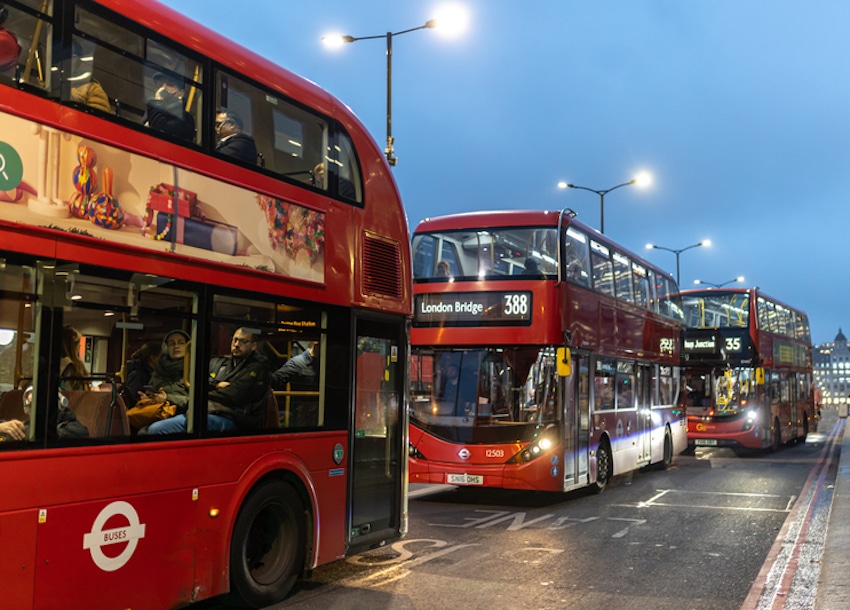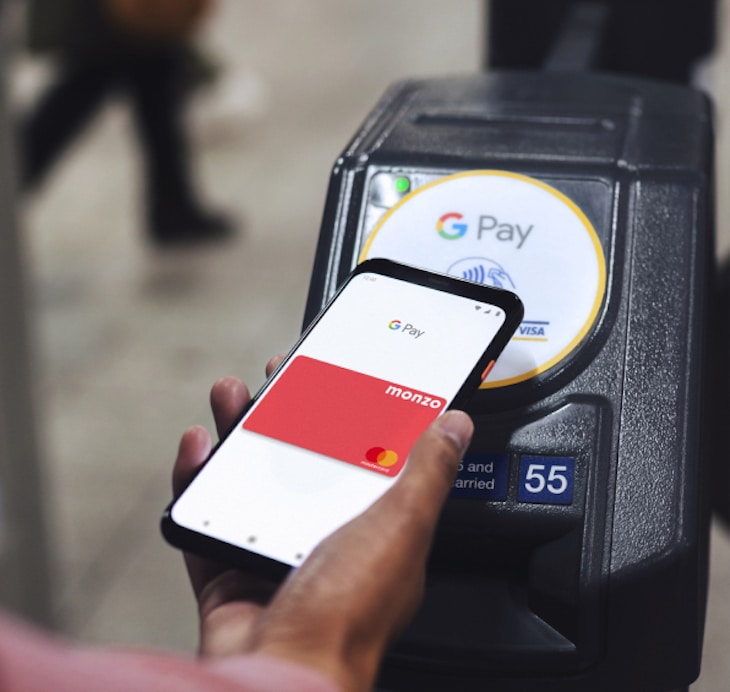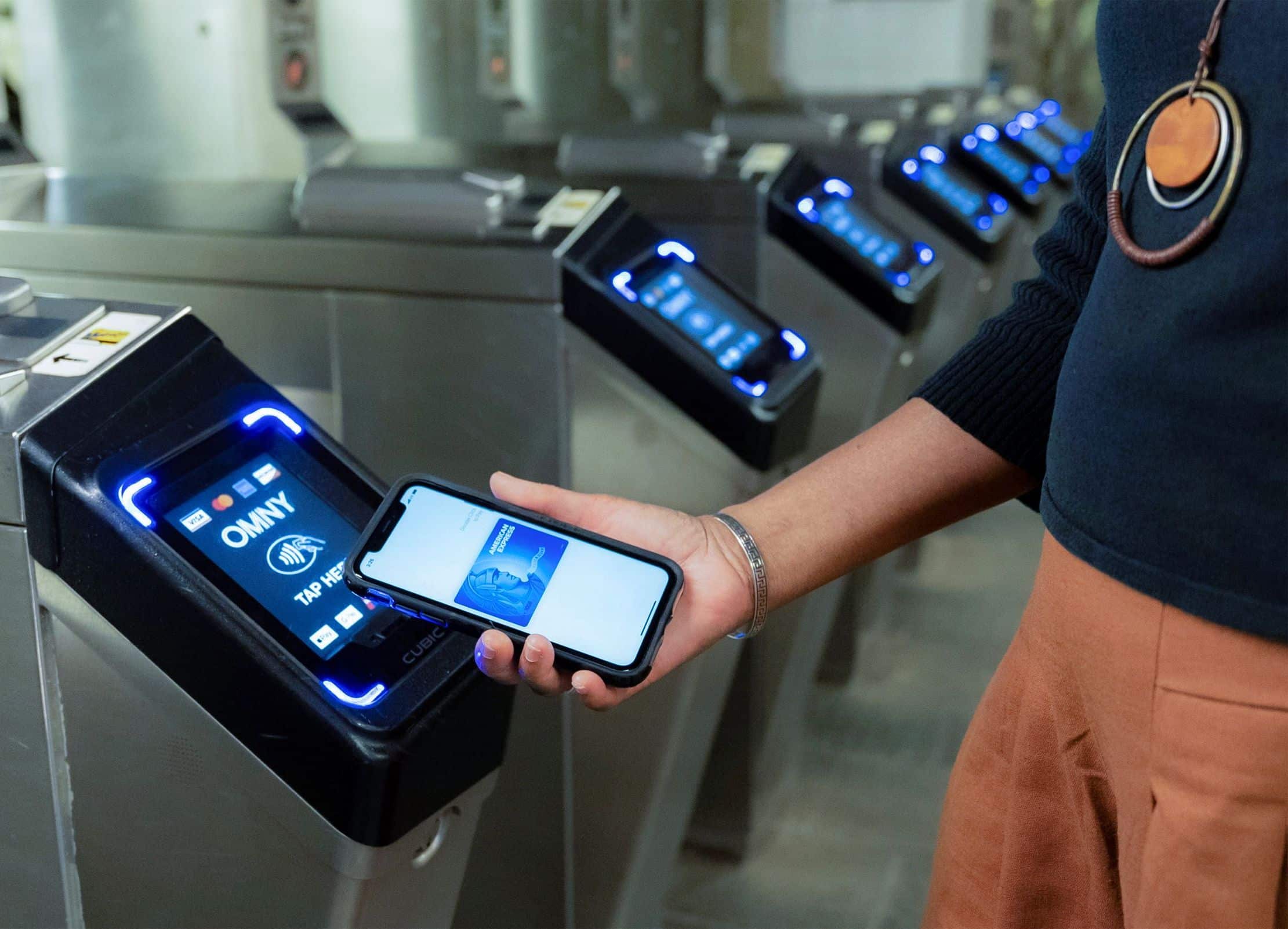
Article Highlights
Transport for London, in marking the 10th anniversary of its launch of open-loop payments on buses, noted that seven in 10 pay-as-you-go transactions are now contactless on buses, with the rest using closed-loop Oyster cards. But including season tickets and especially concessions drops the contactless share to 39% or less.
• Graphic: Share of open-loop payments for various payments methods
• Chart: TfL-Journeys by method of payments–Nov. 2022
• Chart: TfL payments–updated Sept. 2021
Transport for London, in marking the 10th anniversary of its launch of open-loop payments on buses earlier this month, noted that seven in 10 pay-as-you-go transactions are now contactless on buses, with the rest using the closed-loop Oyster card.





















